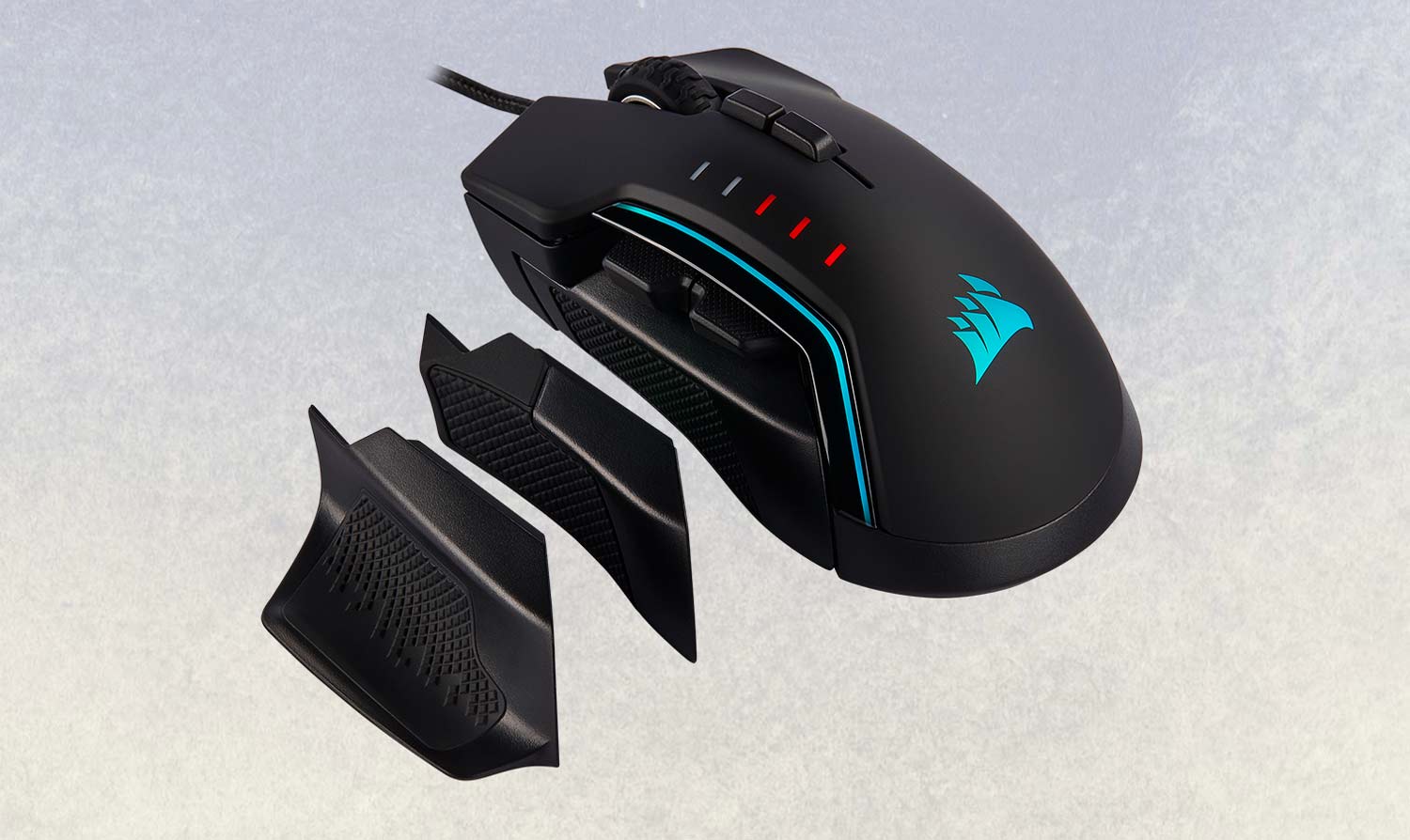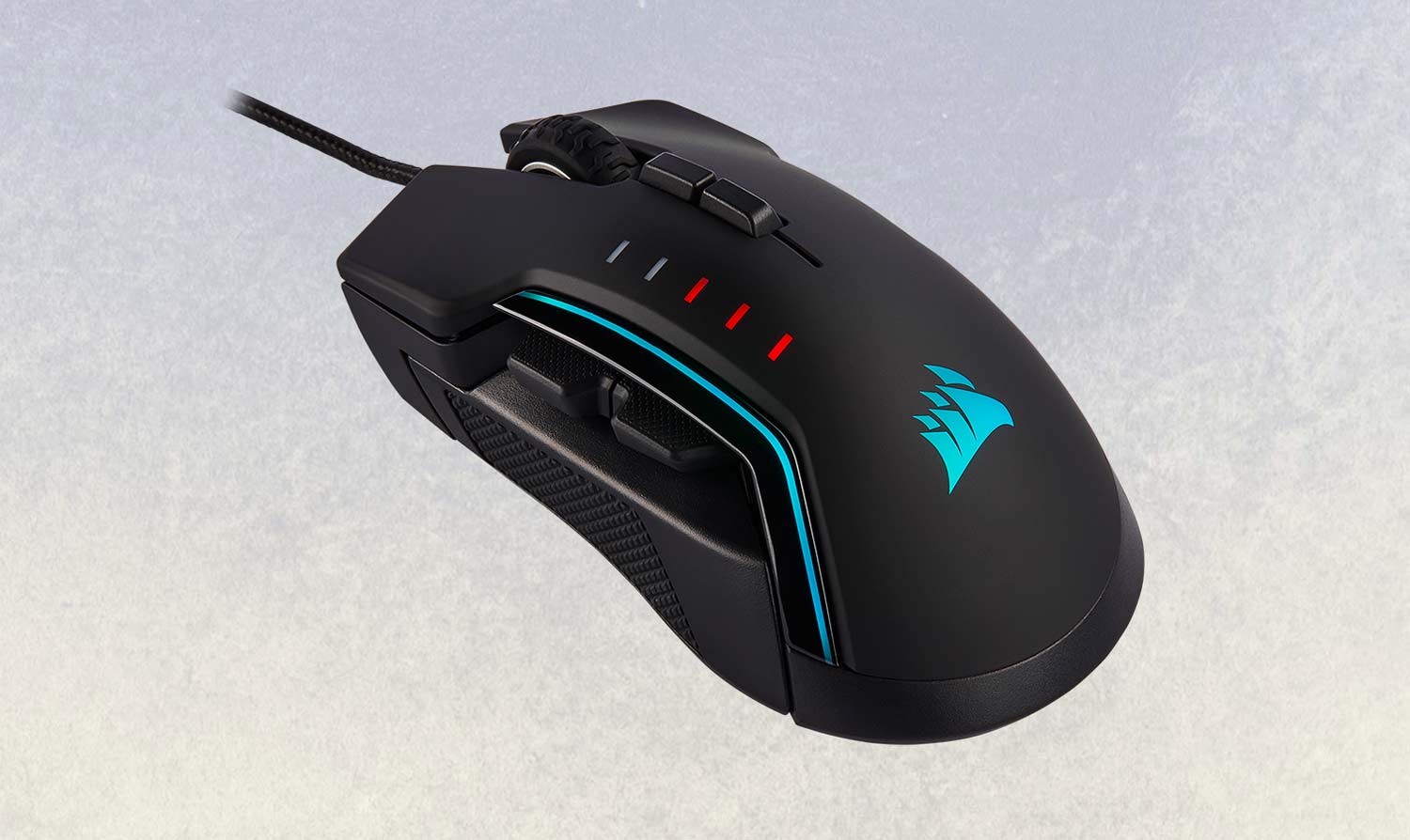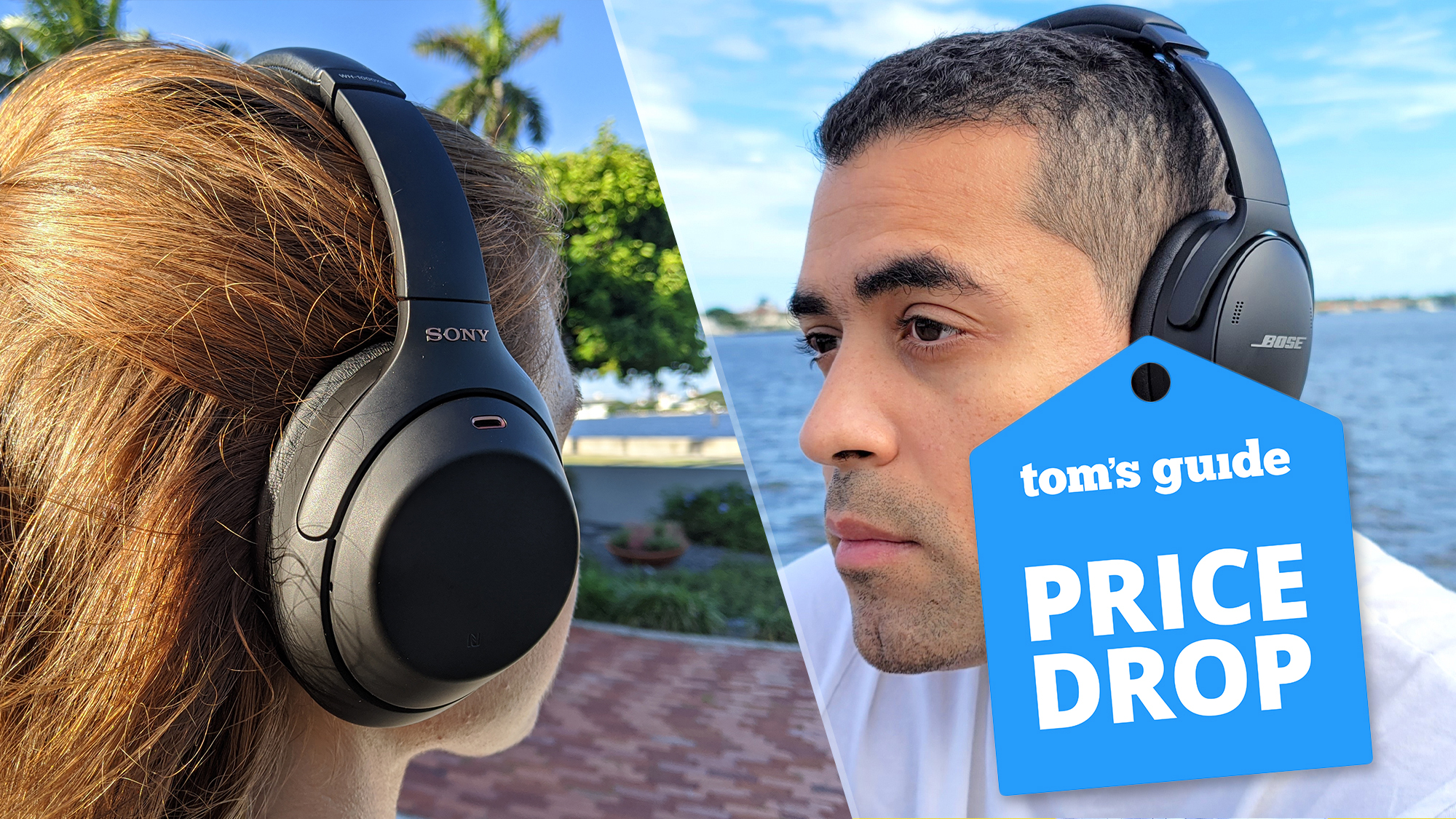Tom's Guide Verdict
The Corsair Glaive RGB Pro is a versatile mouse with solid performance, but you may not use its biggest feature much.
Pros
- +
Customizable appearance
- +
Unconventional design
- +
Good performance
Cons
- -
Extra grips may not be useful long term
- -
More expensive than similar mice
- -
Software has learning curve
Why you can trust Tom's Guide
I imagine that the kind of person who goes looking for a specialized gaming mouse already knows what a "glaive" is, but if not, it's a kind of polearm with one blunt end and one bladed end. Like the weapon for which it's named, the Corsair Glaive RGB Pro ($70) is a versatile piece of technology, catering to many different applications and styles.
With three interchangeable grips and a distinctive design, the Glaive could very well be a good investment for FPS and MOBA gamers. On the other hand, the Glaive's biggest selling point is likely to be useful only once, and it's a bit more expensive than some of Corsair's better mice. For palm-grip players who find traditional thumb grips don't get the job done, the Glaive is one of the better gadgets on the market. For everyone else, it's a little too niche.
Design
The Glaive is subtly different from a lot of other gaming mice, but it is different nonetheless. The device is long and has a relatively low profile, measuring 4.9 x 2.7 x 1.8 inches overall. The width is somewhat variable, thanks to its three interchangeable thumb grips.
The swappable grips are the Glaive's unique selling point, and I have mixed feelings about them. By default, the Glaive's thumb grip is a relatively flat surface with a coarse texture. It's fine but doesn't offer much support. If it's not to your taste, though, there are two other grips: one with a groove and a softer texture (this is the one I liked the most); and one with a large, traditional full thumb rest. Swapping them out takes only a few seconds, thanks to intuitive, strong magnetic grips.

Having the option to choose a comfortable grip is convenient, and I was extremely glad to exchange the default option for one better suited to my hand. At the same time, though, once I picked my favorite grip, there was no reason for me to go back to the other two. If I were to buy the Glaive for home use, the other two grips would languish in a desk drawer for years, until I finally recycled them, realizing that I'd never actually touch them again.
Being able to choose a design is helpful, true — but isn't choosing a design the entire point of buying a new mouse? While mice like theCorsair M65 RGB Elite, theRazer Basilisk Essential and theHyperX Pulsefire each have only one type of grip — while the Glaive has all three — those mice cost only $50 apiece.
Having the option to choose a comfortable grip is convenient, and I was extremely glad to exchange the default option for one better suited to my hand.
If you already know what kind of grip you like, a better investment might be to just pick up a mouse that comes that way by default. On the other hand, if you really don't know, or if you share your gaming setup with a friend or family member who has different tastes, the Glaive could be a sensible option.
MORE: Our Favorite Gaming Mice for Every Genre
Beyond that, there are seven buttons: a left button, a right button, a clickable scroll wheel, two dots-per-inch (DPI) sensitivity buttons just beneath it and two thumb buttons off to the side. They're all easy to reach and satisfying to click.
Features
To customize the Glaive, you can dive into Corsair's iCUE software. There, you can modify DPI (between 100 and 18,000), reprogram buttons, create macros, calibrate the mouse for different surfaces, adjust the RGB lighting and more. iCUE is robust software, particularly if you want to tinker with illumination, but it also hides some useful features behind a lot of drop-down menus. It's neither the best nor worst peripheral software on the market, but I don't think anyone would have any serious complaints after taking 15 minutes to learn its ins and outs.

Corsair also continues to be one of the better mouse manufacturers when it comes to monitoring DPI levels. Rather than arcane lighting combinations or, worse still, no indicator at all, the Glaive has five lighted notches to let you know which DPI setting you're using. While part of me wishes you could customize each notch to show a different color, that probably would have made the Glaive's price skyrocket.
MORE: The Best PC Games to Play Right Now
Furthermore, the lighting has quite a few different locations, especially considering that the Glaive is not an enormous mouse. There are the DPI notches, the palm rest, a small LED strip just above the thumb buttons and a small gap between the mouse's body and right grip. The overall effect is very attractive, if you're into customizing the way your mouse looks.
Performance
Once you find a comfortable grip and fine-tune all of your software settings, the Glaive performs very well in all kinds of games. I led Zerg armies against the Protoss in StarCraft: Remastered, fought off the undead in Lyria in Thronebreaker: The Witcher Tales and explored the vast city of Orgrimmar in World of Warcraft. The Glaive performed quickly and accurately in every instance.
The Glaive kept up with my frenzied clicking in Heroes of the Storm, allowing me to move, attack and strategize without ever having to worry that I was going to lose my grip.
Since Corsair believes the mouse could be of special appeal to FPS and MOBA players, I spent a little more time with those genres. In Destiny 2, the Glaive tracked my movements and let me unload round after round into alien foes all across a ruined Earth city. Likewise, the Glaive kept up with my frenzied clicking in Heroes of the Storm, allowing me to move, attack and strategize without ever having to worry that I was going to lose my grip, or that the mouse would miss a command.
Bottom Line
The Glaive is a little expensive, considering that you'll probably use its most touted feature only a handful of times. Even from Corsair, you can get the M65 or theCorsair Harpoon RGB Wireless for a full $20 less, and I would argue that both of those mice are better overall. Still, FPS and MOBA players might find the Glaive's low-profile design comfortable, and putting aside the price, it's a quality piece of hardware.
I don't think the Glaive should be anyone's only stop on the road to his or her next gaming mouse, but it's worth considering. And, who knows: Maybe the grip you never thought you'd use will wind up being your new favorite.
Credit: Corsair
Marshall Honorof is a senior editor for Tom's Guide, overseeing the site's coverage of gaming hardware and software. He comes from a science writing background, having studied paleomammalogy, biological anthropology, and the history of science and technology. After hours, you can find him practicing taekwondo or doing deep dives on classic sci-fi.


